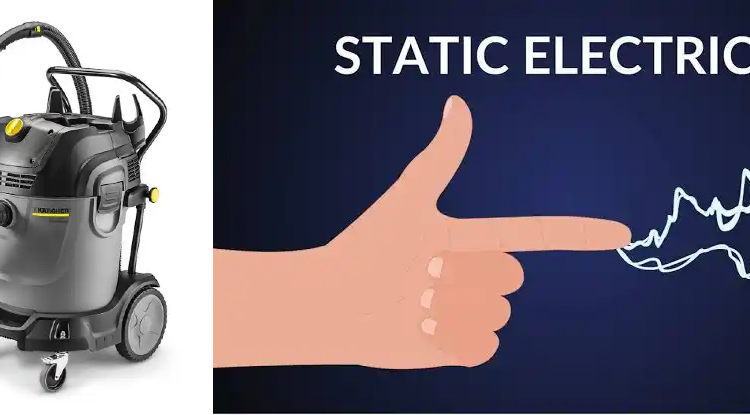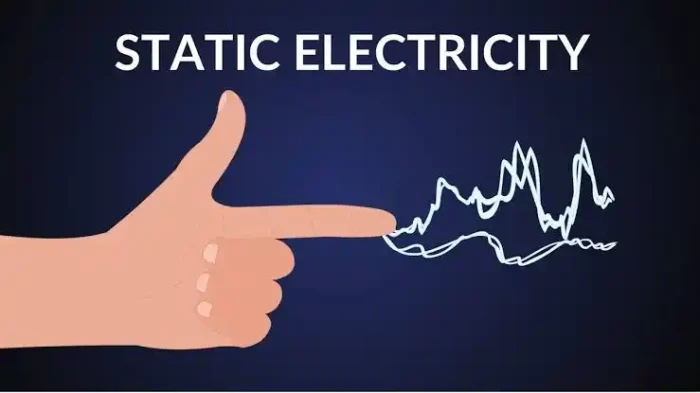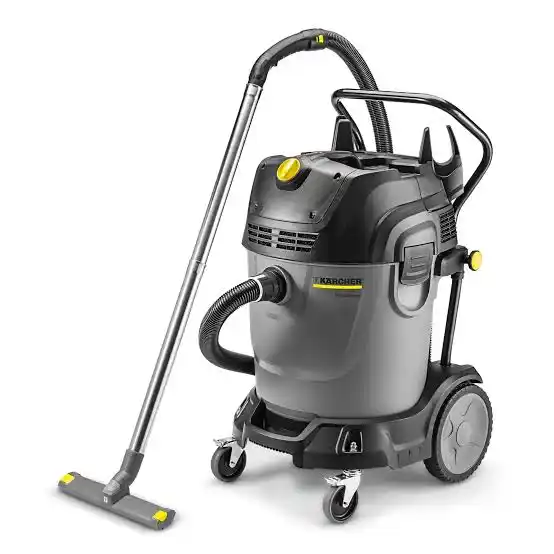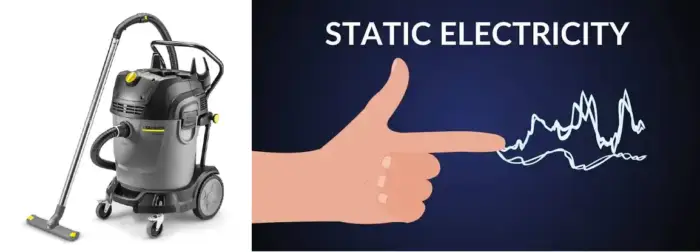
The Shocking Truth: Do Vacuums Create Static Electricity?
As a professional cleaner, one of the most common questions I get questioned is, Do Vacuums Create Static Electricity?
This is an important question worth knowing because static electricity can damage electronic devices and can also pose a risk of electric shock.
In this article, I will explore the relationship between vacuums and static electricity, the science behind them, and provide tips on how to reduce static electricity while vacuuming. So by this, the question of whether vacuums generate static electricity or not would be answered.
Introduction

Static electricity is a phenomenon that we experience in our daily lives, but we often don’t understand it. It is the result of an imbalance between positive and negative charges in an object.
When there is an excess of electrons, it creates a negative charge, and when there is a deficit of electrons, it creates a positive charge. When these charges build up on an object, they can create a static electric field.
What is static electricity?
Static electricity is the gathering of electric charge on the surface of an object. It occurs when two objects come into contact and exchange electrons.
The charges that build up can attract or repel each other, causing an electric field. This can result in the familiar experience of static shock when we touch a doorknob or another person after walking on a carpet.
How does static electricity occur?
Static electricity often occurs when there is an imbalance of electrons. This can happen when two objects come into contact and there is friction between them.
For example, when we walk on a carpet, our shoes rub against the fibers, causing electrons to move from the carpet to our shoes.
This creates a positive charge on our shoes and a negative charge on the carpet. When we touch a metal object, the charges equalize, creating a static shock.
The relationship between vacuums and static electricity
Vacuums can create static electricity because of the friction between the brush and the carpet. As the brush rotates, it creates conflict, which can cause electrons to move from the carpet to the brush.
This creates a positive charge on the brush and a negative charge on the carpet. When we turn off the vacuum, the charges can equalize, causing a static shock.
The science behind vacuums and static electricity

The science behind vacuuming and static electricity is based on the triboelectric effect. This effect occurs when two materials come into contact and are separated. As they separate, electrons move from one material to another, creating a charge imbalance.
In the case of a vacuum, the brush and the carpet come into contact and are separated by the rotating motion of the brush. This creates a charge imbalance that can lead to static electricity.
The effects of static electricity on vacuuming
Static electricity can have several effects on vacuuming. First, it can cause the vacuum to lose suction power because the charged particles can repel each other, making it harder for the vacuum to pick them up.
Second, it can damage electronic devices like computers, televisions, and other appliances. Finally, it can pose a risk of electric shock to the user.
Tips to reduce static electricity while vacuuming
There are several steps you can take to reduce static electricity while vacuuming. First, you can use a vacuum with a static-reducing feature. These vacuums are designed to reduce static electricity by using materials that don’t generate static charges.
Second, you can use a humidifier in the room where you’re vacuuming. This can help reduce the dryness in the air, which can contribute to the buildup of static electricity.
Additionally, you can use a fabric softener or anti-static spray on your carpets to reduce the buildup of static charges.
Other common causes of static electricity in the home
While vacuuming is a common cause of static electricity, there are other causes as well. For example, dry air can contribute to the buildup of static charges, so using a humidifier can help.
Additionally, synthetic fabrics like polyester and nylon can generate static charges, so using natural fabrics like cotton, wool, and silk can help reduce static electricity.
Finally, walking on carpets and other synthetic surfaces can also generate static charges, so wearing shoes with rubber soles can help reduce the buildup of static electricity.
Conclusion – Do vacuums create static electricity?

In conclusion, vacuum cleaners can create static electricity because of the friction between the brush and the carpet. This can cause several effects, including loss of suction power, damage to electronic devices, and a risk of electric shock.
However, you can take steps to reduce static electricity while vacuuming, such as using a vacuum with a static-reducing feature, using a humidifier, and using fabric softeners or anti-static sprays on your carpets.
By taking these steps, you can reduce the risk of static electricity and keep your home safe.
